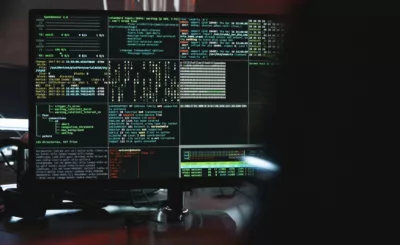I spent my day pairing with Dave Hoover on Mad Mimi. The first thing I noticed during our pairing session is that Dave is responsible for a lot more than just code.
The opportunities for distractions seem to increase exponentially the closer you are to the details of running a business.
The context switching involved in handling interruptions while coding is something that I really struggle with, but Dave is quite adept at it. Having a pair helps with ignoring these distractions, for better or for worse.
I’ve been using the Pomodoro technique for the past couple months with some success to try to help stay focused and deal with distractions, but I’ve found that the best way to avoid distractions is to pair program.
Dave “thanked” me at the end of the day for helping him ignore his growing list of unread emails, which he would have to catch up on later. The upshot of this is that we got some concentrated work done without a ton of distractions taking our attention away from the task.
At the start of the day, we picked up a new Mad Mimi feature and started discussing it. As is usually the case when beginning to dig into a feature, we quickly came up with some questions for which we would need the customer’s input.
Unfortunately, the customer wasn’t available; after making note of the questions, we started talking about a change that will be rolled out sometime in the near future, but should not be added just yet. Dave accurately identified the need to create a branch for the feature.
I’ve recently had a similar need for this kind of feature branch, and I’ve done this a couple times in the past few months. Dave hadn’t created a branch in Subversion before, so here was a chance to teach him something.
There are a few different reasons why you might want to use this technique, but this is the situation I’ve been running into lately. There are at least two different types of branches: bug fix/release, and feature.
When releasing a new version of the system, a release branch can be created in order to allow bug fixes to be quickly and safely developed and deployed. A feature branch, on the other hand, comes in handy in a number of situations.
One situation is when you want to develop a new feature that needs to be deployed as an update to the release. If you were to develop the feature on the release branch, you would run the risk of making deploying the branch at a moment’s notice difficult or impossible. By developing on a feature branch, you can develop and test the feature in isolation, then merge the changes back to the release branch and/or the trunk.
In Dave’s case, he releases from the trunk, but he wanted this particular feature to not be deployed until he’s ready. A feature branch works great in this case, and he’ll only have to merge back to the trunk since there isn’t a need for a release branch.
Once that merge is done, the branch can and should be killed; the key to keeping your branches manageable is to limit the number of branches that you ever need to think about. The goal should be for each branch to have the shortest lifetime as possible.
After Dave successfully created his branch, we went ahead and started implementing this new feature on the branch. Of course, we soon were able to get the information we needed from the customer to continue on the original&emdahs;higher priority&emdash;feature.
Since we were working on the branch, we didn’t need to abandon our work in order to start on the other feature. We just opened up the trunk’s code in our editor and away we went. This is another advantage of working in a feature branch: it’s simple and cheap to jump around.
We spent the rest of the day working on this feature, though we ended the day without completing it. We will finish it up on day 4.





